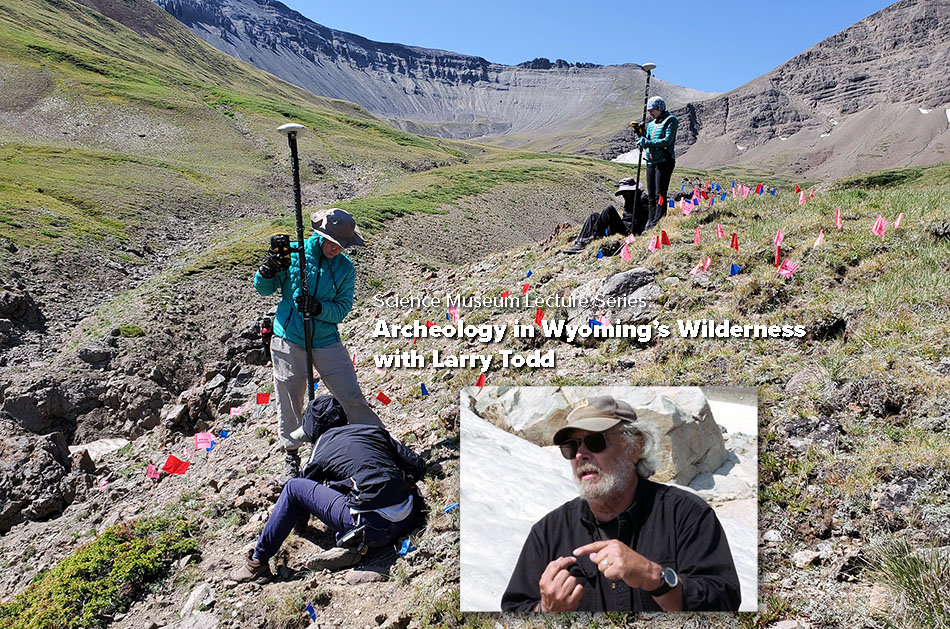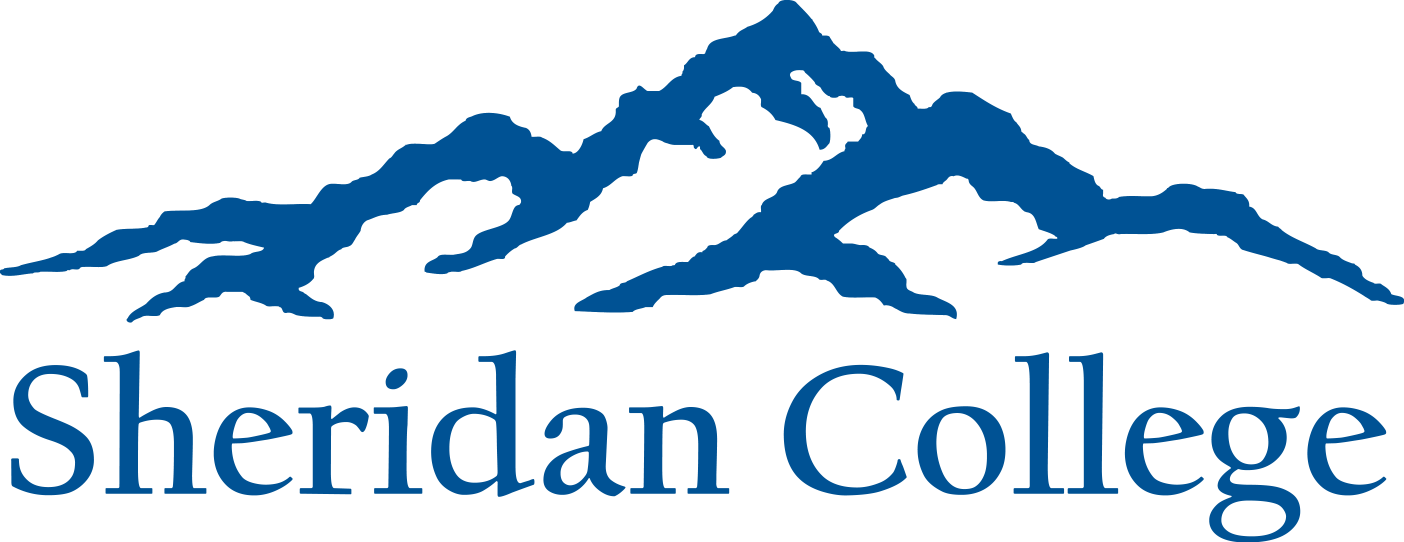
Science Museum Lecture Series: Archeology in Wyoming’s Wilderness
Wednesday, April 9th at 7 p.m. in Mars Ag Center room 201.
Archeology in Wyoming’s Wilderness: Exploring People, Landscapes, Time, and Connections in the Greater Yellowstone Ecosystem
With Larry Todd, Professor Emeritus of Anthropology Colorado State University & Adjunct Professor, UW.
Abstract: When people think of archaeology, they often imagine digging up old artifacts to create stories about the past. But archaeology can offer something more: a way to explore long-term connections between people and the environments they inhabit — connections that can help us better understand both the past and perhaps the future. Finding linkages, not artifacts. Drawing on nearly 25 years of fieldwork in the Absaroka Mountains within the southeastern Greater Yellowstone Ecosystem, this presentation will explore how researching the archaeological puzzle seeks to reveal the complex and dynamic relationships between people and these unique landscapes. Rather than focusing on artifacts alone, we’ll consider the broader patterns and insights that emerge when we study the ways humans have engaged with these high elevation environments for over 10,000 years.
Biosketch: Larry Todd (BA, University of Wyoming; MA, PhD, University of New Mexico) is Professor Emeritus of Anthropology at Colorado State University and an Adjunct Professor of Anthropology at the University of Wyoming. A Meeteetse native, Larry has taught anthropology and archaeology at Denver University, Boston University, the University of Wyoming, Colorado State University, and Northwest College. He has been conducting professional archaeological fieldwork in Wyoming since 1975. Much of his career has focused on excavating and analyzing bison bonebeds, with a particular emphasis on taphonomy. Since retiring from Colorado State University in 2009 and returning to Meeteetse, he has divided his time between researching early human paleoecology in northwest Ethiopia and investigating prehistoric montane and alpine land use in northwest Wyoming. With the Ethiopian project now concluded, his work is now focused on collaborating with students to further explore the archaeology of the Absaroka Mountains.

